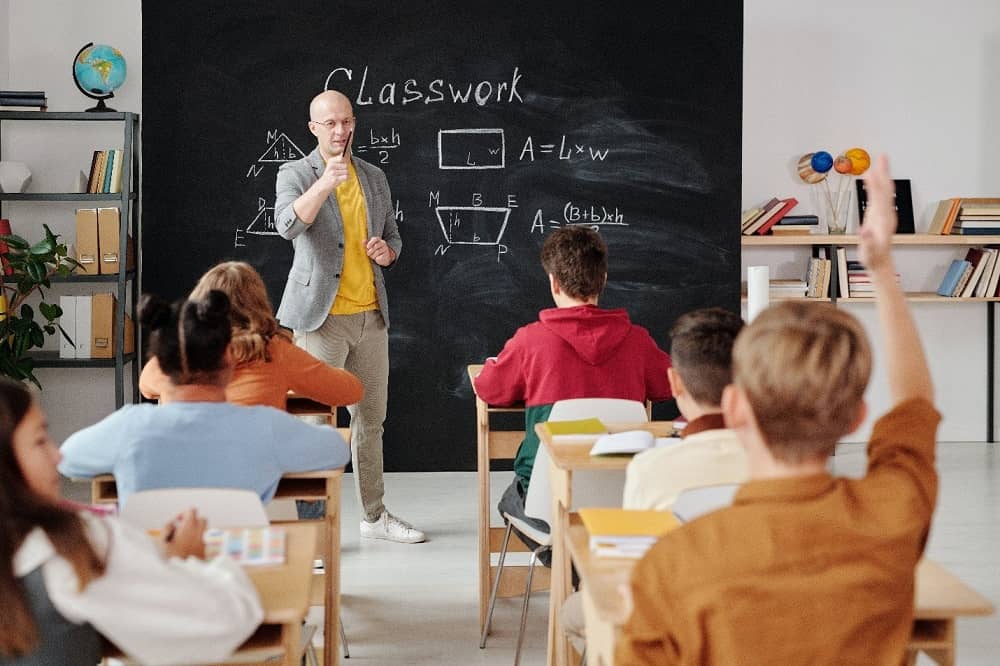Do you consider yourself intelligent? What is intelligence, according to you? Is the concept of intelligence uniform for every human? Well, understanding human intelligence is complex and is always subject to several questions. The concept of intelligence has been evolving. However, people have primarily linked intelligence to a narrow domain of intellectual capabilities. People consider only doctors, engineers, architects, and accountants as intelligent.
This notion is a superficial understanding of the concept of intelligence. Howard Gardner, a leading American psychologist, never accepted the orthodox definition of intelligence. He proposed his theory of multiple intelligences in 1983 and eventually gained wide popularity because of its broad spectrum for understanding intelligence.
He proposed that humans have different kinds of intelligence. The eight different varieties of intelligence he suggested are:
- Linguistic
- Logical-mathematical
- Bodily-kinesthetic
- Visual-spatial
- Musical
- Interpersonal
- Intrapersonal
- Naturalistic
Understanding intelligence across a broad portfolio of characteristics is essential. It enables us to appreciate the different functional dimensions of the human brain. Especially in education, it provides a wider scope to work on students’ intellectual development. Every student is different and has unique preferences with varying needs. Only when a teacher acknowledges the existence of multiple intelligences can they develop a teaching style to cater to them all. This article is of great help as it mentions five strategies for teachers to address students’ multiple intelligences.
Formal training for teachers
Formal training is equally essential in the field of education like other professional fields. Training teachers to acknowledge and address each student’s varying capabilities and intelligence will pave the way for an inclusive learning environment. Such formal training is also beneficial for special education teachers since it allows them to teach special students efficiently. By enrolling in online special education teacher masters programs, teachers can accurately cater to each student’s needs. These online programs help teachers become more strategic in their teaching approach.
The best strategy to address students’ multiple intelligences is first to gain awareness yourself. This formal teacher’s training provides you with the necessary understanding of these multiple intelligences.
Understand your students
You can never design your response unless you know the perception of the respondent. Similarly, a teacher can never teach effectively unless they know their student well. Intelligence is a rigorous variable. It is different in almost every individual. In a class of 45, all 45 students might have different intelligence levels. Therefore, it is the teacher’s job to identify common trends and tap them effectively while teaching.
There are several MI assessment tools that a teacher can use to identify the intellectual inclination. These tools help a teacher understand which dimension of multiple intelligence is dominant in a specific student. The teacher can then design the overall teaching pedagogy accordingly. These assessment tools also provide a comprehensive understanding of how students perceive a teacher’s message. Ultimately, it allows them to improve their communication modes as well.
Storytelling
Traditional teaching methods are not effective anymore. They tend to make the classroom environment monotonous, and students lose interest quickly. Therefore, teachers need to delve into orthodox but more engaging teaching activities. Storytelling is one of the most successful of all such teaching pedagogies. The entire lesson plan should start, proceed, and end like a complete story. Students feel more engaged and submerged in learning as they exercise better mental capacity by connecting the dots.
It targets their linguistic and intrapersonal intelligence explicitly. It also encapsulates students’ interests and attention span in a unique way. Moreover, it lets them absorb more, and their retention levels increase significantly.
Problem-solving exercises
Intellectual challenges bring out the best of our mental capacity. At any level of education, such exercises are always helpful in enriching the intelligent quotient. While students are solving problems, they exercise different cognitive abilities. Logical-mathematical, spatial, interpersonal, and in some exercises, bodily-kinesthetic intelligence are at play.
You can give students logical problems or simple puzzles to solve in class to drive their problem-solving and decision-making skills. These two attributes stimulate a wide array of intelligence and will undoubtedly highlight the dominant intelligence. Then, the teacher can sketch the following lesson plans accordingly.
Teamwork
In a class full of students, teamwork is the best tool to nourish mental acumen. Collaborating among different individuals with different mindsets lets them absorb a variety of intellectual energy. Students learn from each other and chisel their Intellectual capacity.
The teacher can engage students in teamwork through group assignments and collective in-class activities. When they work together, they synergize their intelligence. During the process, they exhibit which one is dominant for them. Then, the teacher can design group activities accordingly. It is an effective way of making the most out of students’ multiple intelligences.
Final thoughts
Teaching is a complex human function given its complexity and high social interactivity. A teacher’s job is immensely challenging since engaging students with different mental orientations is not easy. The more teachers address the multiple intelligences of the students, the better the learning outcomes. So, to ensure that students reap the most benefits from their learning environment, pay attention to their multiple intelligences.

